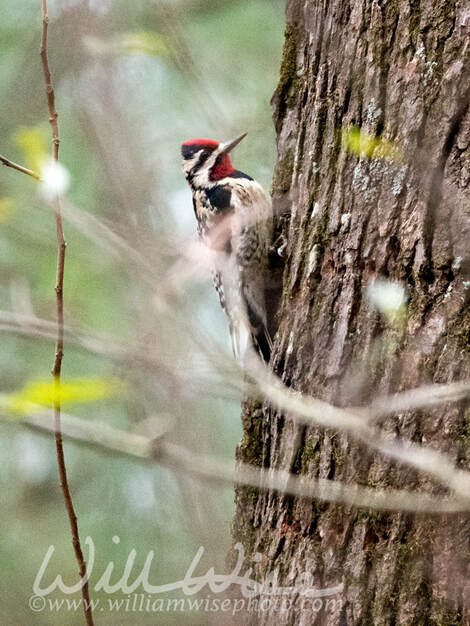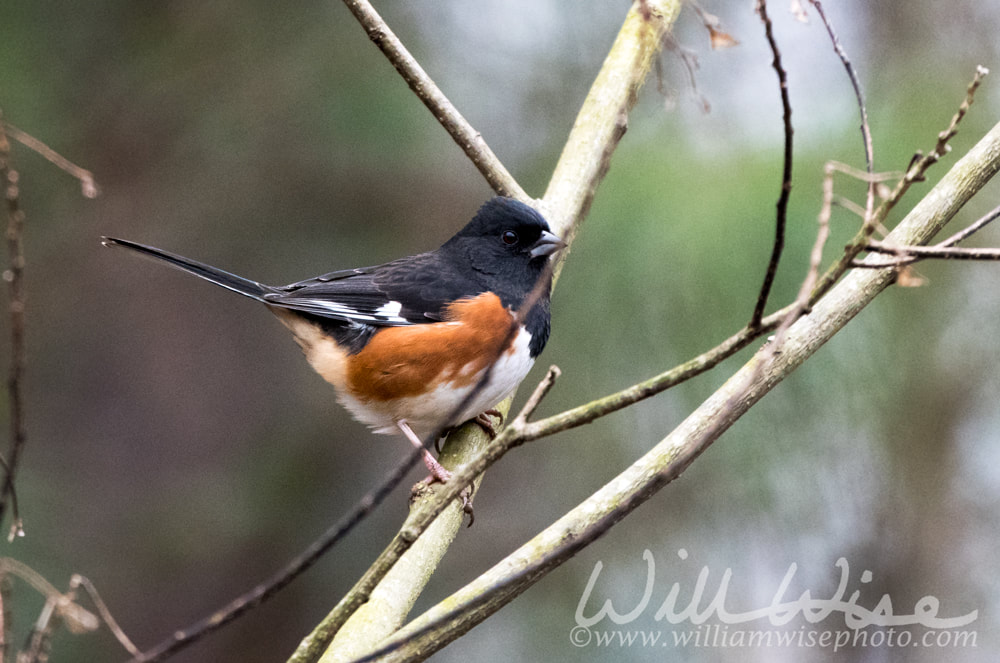 William Wise Photo Nature Notes is a wildlife, birding and nature photography blog documenting the wonders of God’s creation. “But ask the animals, and they will teach you, or the birds in the sky, and they will tell you; or speak to the earth, and it will teach you, or let the fish in the sea inform you. Which of all these does not know that the hand of the Lord has done this?" Job 12:7-9 Wednesday, 9:09 AM - And overcast morning with a slight breeze makes it a bit chilly for exposed fingers and my nose. Finally able to get a short break for a bird walk. The grass has been mowed around the upper pond. There’s a lot of bird activity. A great time to go shooting! Bird photography tips abound. There is everything from concise web pages to multi-volume books on the subject. The tips range from knowing your species to knowing your equipment; tips on shutter speed, aperture and ISO; tips from backlighting to flash; tips on manual settings to program modes; and tips on anticipating a birds actions. But the best tip I’ve ever read and have put into practice is: GET OUT AND SHOOT EVERY DAY! I made 2018 my “birding year.” I got outside nearly every day and shot hundreds upon hundreds of birds. Many of those shots weren’t that great, but every once in a while, you snag a gem. Every once in a while that little bird allows you to approach close enough that extreme cropping isn’t needed. Every once in a while you’re on top of your game and get that flying bird in focus. Every once in a while you come upon that rare migrating warbler. But even if you are deleting hundreds of photos, you are gaining a great amount of practice and experience.  Yellow-bellied Sapsucker; Walton County, Georgia. The yellow-bellied sapsucker (Sphyrapicus varius) is a medium-sized woodpecker that breeds in Canada and the north-northeastern United States. The Yellow-bellied Sapsucker is the only woodpecker in eastern North America that is completely migratory. Although a few individuals remain throughout much of the winter in the southern part of the breeding range, most head farther south, going as far south as Panama. Females tend to migrate farther south than do males.
0 Comments
Your comment will be posted after it is approved.
Leave a Reply. |
Categories
All
Archives
September 2025
|
|
All content is ©williamwisephoto.com. Please don't steal images. My images are available at dreamstime.com. Stock sales go into the shelter photography program.
|
In December 1993 I came to know the Designer and Creator of this wonderful planet and its creatures: Jesus Christ.
|
Donations help support the animal shelter adoption photography equipment and adoption website hosting and domain fees. Thanks for your support!
|


